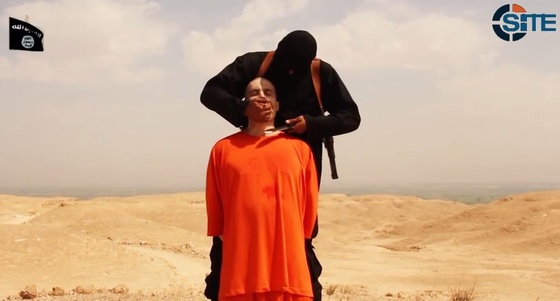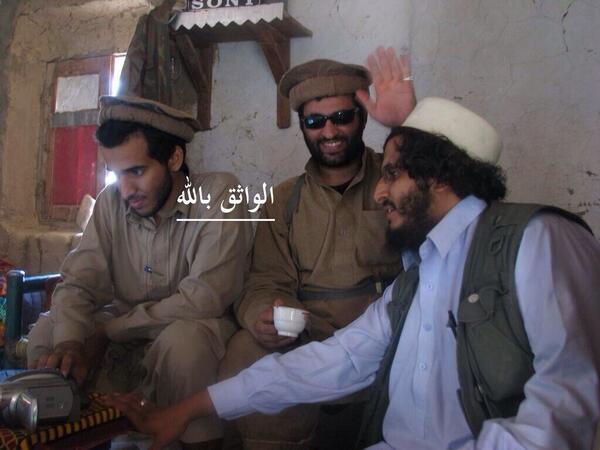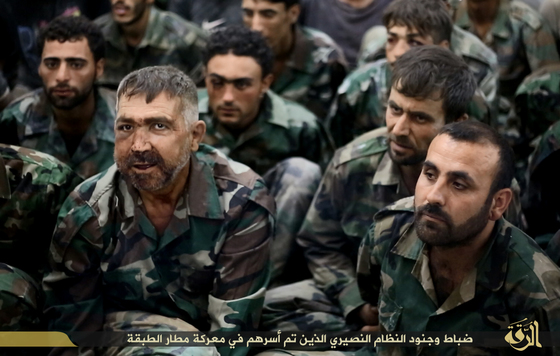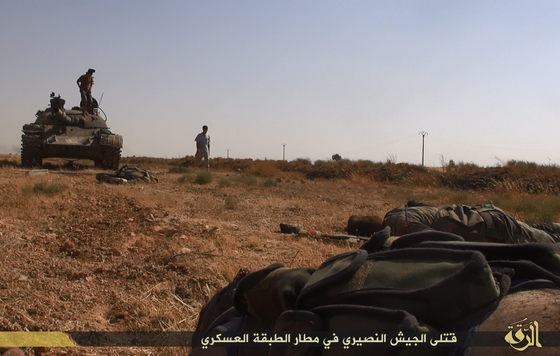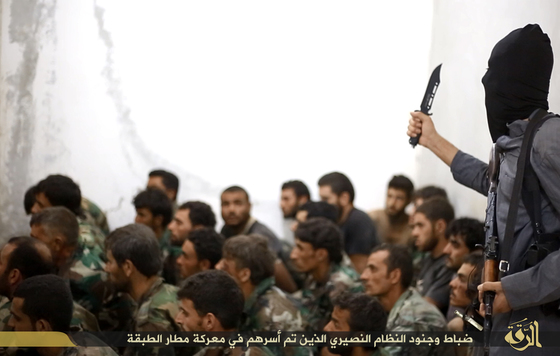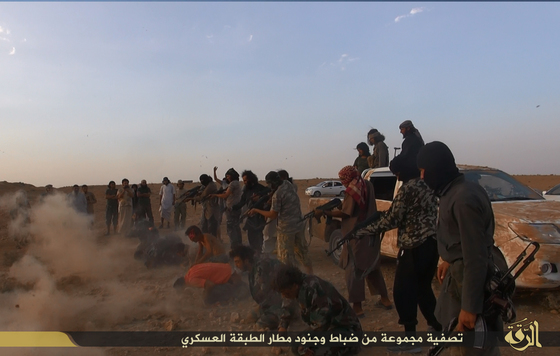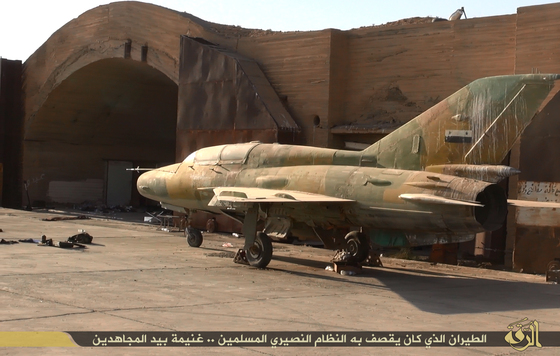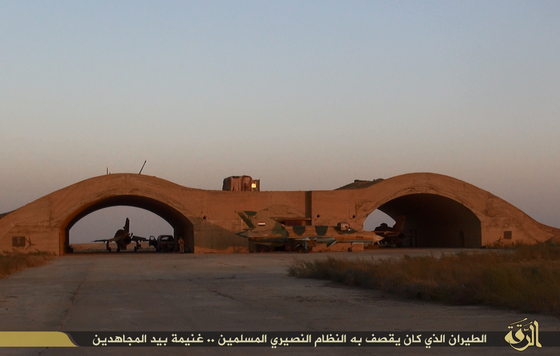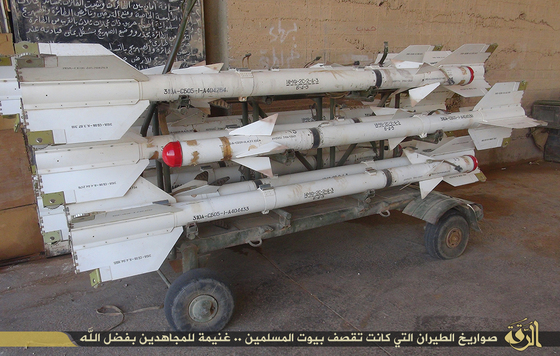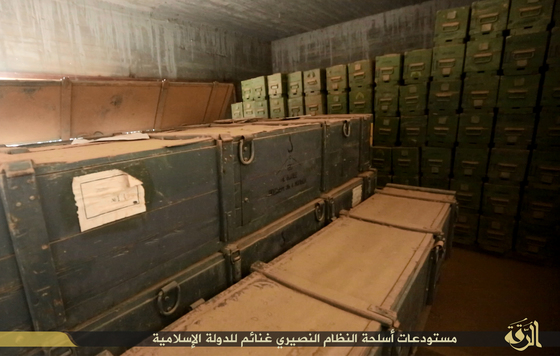The Fedayeen-i-Islam claimed credit for yesterday's failed suicide assaults on two Pakistani airbases in Quetta, the provincial capital of Baluchistan.
The two Fedayeen-i-Islam suicide assault teams targeted Pakistani Air Force Base Samungli, which hosts two squadrons of F-7 interceptor aircraft, and Khalid Army Aviation Base, which is also known as Quetta Airfield, in a coordinated attack. Two teams of heavily armed fighters attempted to breach the perimeter of the bases but were repelled by security forces, according to reports.
Eight fighters attacked Samungli and six more attacked Khalid. According to the Inter-Services Public Relations, the public affairs branch of the Pakistani military, "5 Terrorists were killed outside PAF Base Smungli [sic] and 3 were apprehended," and "6 Terrorists were killed outside Khalid Army Aviation Base Quetta." The ISPR said that "a]ll PAF [Pakistani Air Force] and Army Aviation assets remained safe.
Pakistani officials claimed that all of the attackers appeared to be "foreign," or non-Pakistanis. Balochistan's home minister told Dawn that "[a]ll dead terrorists seem to be Uzbeks."
Jihadist groups on both sides of the Afghanistan-Pakistan border have viewed air bases and airports as significant targets. Two of the more prominent attacks over the past several years include the Afghan Taliban's assault on Camp Bastion in Helmand in September 2012 (two US Marines were killed, and six Harriers were destroyed and two more were damaged); and the Movement of the Taliban in Pakistan's attack on Pakistani Naval Station Mehran in Karachi in May 2011 (10 Pakistani troops were killed, and two US-made P-3C Orion maritime surveillance planes were destroyed and another was damaged).
The last major attack on an airport in Pakistan took place on June 9, when 10 members of a suicide assault team struck Jinnah Airport in Karachi. All 10 attackers and other 18 people, including 11 security guards and four airport workers, were killed during the fighting. The airport was shut down for 12 hours as the fighting took place. Both the Movement of the Taliban in Pakistan and the Islamic Movement of Uzbekistan claimed the attack. The two groups have launched joint assaults in the past in both Pakistan and Afghanistan. [See LWJ report, IMU involved in suicide assault on Karachi airport.]
Fedayeen-i-Islam led by top terrorists in Pakistan
The Fedayeen-i-Islam is a subgroup of the Movement of the Taliban in Pakistan, one of several Taliban groups operating in Pakistan. The Fedayeen-e-Islam is an alliance between the Movement of the Taliban in Pakistan, the anti-Shia Lashkar-e-Jhangvi, and Jaish-e-Mohammed. The group is currently led by Ghalib Mehsud, a commander who was thought to be in the running to replace Hakeemullah Mehsud, the former emir of the movement of the Taliban in Pakistan who was killed in a US drone strike last year.
The Fedayeen-e-Islam's previous emir was Qari Hussain Mehsud, the notorious Taliban commander who trains child suicide bombers; his nickname was Ustad-i-Fedayeen, or the teacher of suicide bombers. He was involved in the May 2010 Times Square bombing plot as well as the December 2009 suicide attack against the CIA at Combat Outpost Chapman in Khost province, Afghanistan. [For more information, see LWJ report, Taliban eulogize Qari Hussain, chief of suicide and international operations.]
Other former leaders of the Fedayeen-e-Islam include Asmatullah Moaviya, the leader of the Punjabi Taliban who also serves as an al Qaeda "company" commander in Pakistan's tribal areas; and Qari Mohammad Zafar, the Lashkar-e-Janghvi commander who was wanted by the US government for his involvement in the Karachi Consulate bombing in 2006 and was killed in a US drone strike in February 2010.
The Fedayeen-e-Islam has been behind several major suicide attacks in Pakistan, including coordinated suicide attacks in Lahore and Karachi in March 2011 that killed 16 Pakistanis, and a suicide assault on a police training center in Lahore in March 2009.


